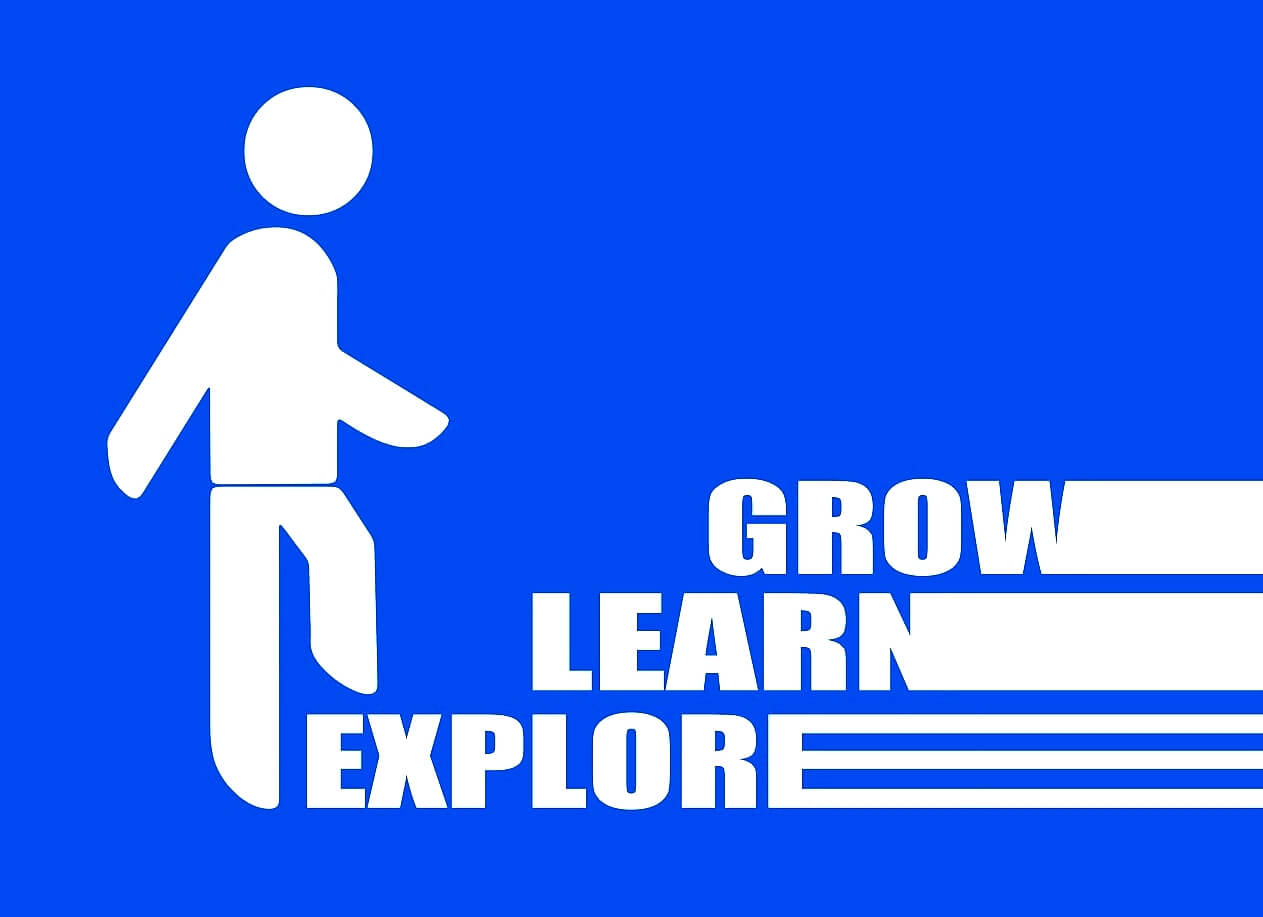The world of education is rapidly changing, and technology has been at the forefront of this transformation. Education technology (EdTech) is revolutionizing how students learn, teachers teach, and administrators manage schools.
As EdTech continues to evolve, it’s important to stay up-to-date on the latest trends that are shaping its future.
Future of Education

In this blog post, we will discuss 10 trends in EdTech that have been gaining traction over the past few years and are likely to continue into the future.
From artificial intelligence to virtual reality, these advancements are transforming the way people learn and interact with educational materials. Read on for a glimpse into what’s ahead for EdTech.
Artificial Intelligence
Artificial Intelligence (AI) is making its way into the classroom, with applications ranging from automated grading to personalized learning programs.
AI-driven teaching assistants can help students learn material faster and more effectively, while AI-enabled course management systems can automate administrative tasks like scheduling and attendance tracking.
As AI continues to improve, it will become even more integrated into the educational process.
AR and VR
Augmented reality (AR) and virtual reality (VR) are being used to create immersive learning experiences for students.
AR overlays digital information onto the physical world around us, while VR takes students on simulated journeys that allow them to explore a new environment or experience without ever leaving their homes or classrooms.
Both technologies have the potential to revolutionize how students interact with educational content.
Gamification
Gamification is a trend that has taken off in recent years, with more and more developers building learning experiences around the concepts of engagement and reward.
By turning educational materials into interactive games or competitions, students can stay motivated to learn new skills and gain mastery over different subjects.
Online learning
Online learning is becoming increasingly popular for both traditional courses and vocational training programs. With its convenience and low cost, online learning can make education accessible to people who might not otherwise have access to it.
In addition, online courses can be tailored to each student’s individual needs, making them even more effective at helping learners reach their goals.
Adaptive learning systems
Adaptive learning systems are leveraging AI-driven algorithms to provide personalized learning experiences for students.
By tracking a student’s progress and adjusting the material to their needs, these systems can ensure that no time is wasted on unnecessary or redundant topics. Adaptive learning systems have the potential to revolutionize how we educate the next generation.
Data-driven decision making
Data-driven decision-making has become an increasingly important trend in EdTech, as administrators use data to identify strengths and weaknesses in their schools and adjust accordingly.
By collecting data from students, teachers, and school administrators, schools can gain insight into which areas need improvement and make informed decisions about where resources should be allocated.
Cloud computing
Cloud computing has opened up new possibilities for educators by allowing them to access educational materials from anywhere at any time.
Cloud-based applications can enable collaboration between teachers, students, and administrators, while cloud storage solutions make it easy to store large amounts of data.
As the prevalence of cloud computing continues to grow, educators will benefit from ever more streamlined access to educational materials.
Mobile technologies
Mobile technologies are making learning available on demand for today’s always-on students.
Mobile apps make it easier for students to stay connected with their peers and access educational content from any location—this is especially beneficial for remote or low-income students who may not have access to traditional school resources.
OER
Open educational resources (OER) provide access to high-quality educational materials without the cost associated with purchasing textbooks or other copyrighted works.
OERs are becoming increasingly popular among educators and students, as they provide a valuable resource for those who may not have access to traditional educational materials.
Essay writer is a great resource for finding help with writing assignments and research papers, as it offers a range of free writing tools to help students understand different topics.
Connected classrooms
Connected classrooms are utilizing technology to create an interactive learning environment for both teachers and students alike.
High-speed internet connections and cloud computing have allowed schools to build “smart” classrooms in which lessons can be delivered via digital displays or virtual reality headsets. As technology continues to advance, the possibilities for connected classrooms will continue to grow.
Conclusion
In conclusion, the future of education technology is filled with exciting possibilities. By leveraging these ten trends, educators will be able to make learning more engaging, accessible, and personalized for students around the world.
With the continued development of EdTech solutions, we are likely to see even more advances in educational technology in the near future.